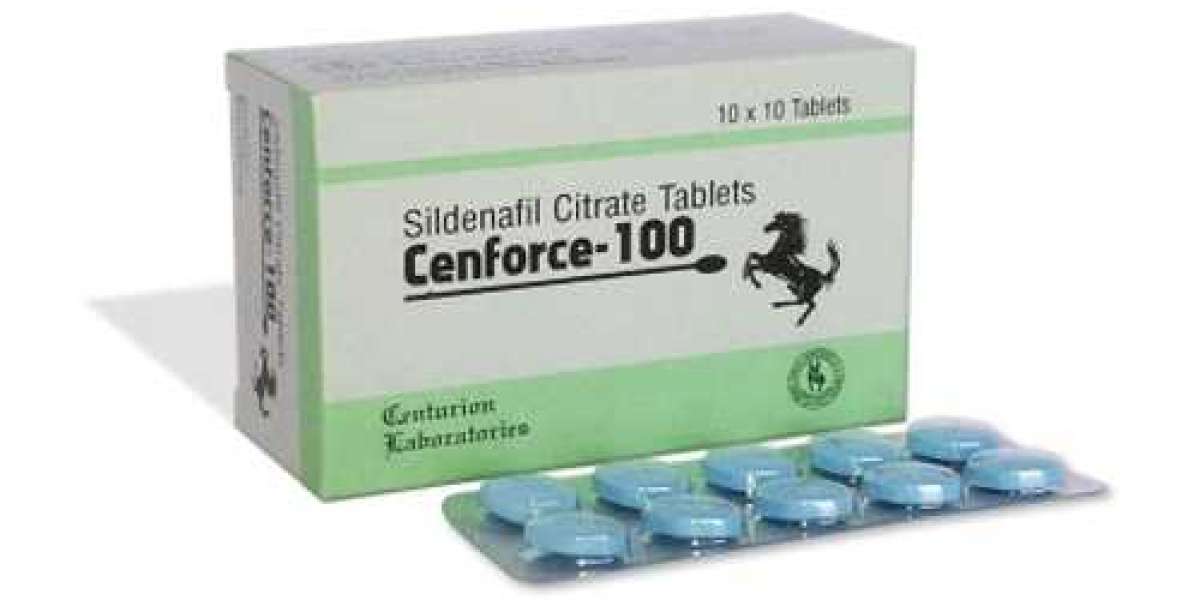The transfer mould designing is a versatile technique that combines elements of compression molding with the transfer of polymer charges. In this method, a polymer charge is initially placed in a transfer vessel, from which it is transferred into the mold. The mold, containing the polymer, is then cooled, resulting in the formation of the molded part, which is subsequently ejected. This process finds widespread use in encapsulating various items such as integrated circuits, plugs, connectors, pins, coils, and studs. Moreover, transfer molding is suitable for incorporating ceramic or metallic inserts within the mold cavity. As the heated polymer completes the mold, it forms a strong bond with the inserted surface.
Beyond electronic components, transfer molding is employed in the manufacturing of diverse products, including radio and television cabinets and car body shells. This underscores its versatility and applicability across different industries. The process offers the advantage of effectively molding materials with varying properties, providing a robust solution for producing intricate and customized components.
On the other hand, compression molding represents a cost-effective and relatively uncomplicated molding method compared to injection molding and transfer molding. This high-pressure forming process involves injecting molten plastic directly into a mold cavity, utilizing heat and pressure to shape the material. Compression molding is particularly well-suited for the production of electrical and electronic equipment.
While both compression and transfer molding share similarities, such as their application in the electrical and electronic sectors, they exhibit nuanced differences. The choice between these molding techniques often depends on the specific requirements of the desired end product, emphasizing the need for a tailored approach in manufacturing processes. In essence, these molding methods play crucial roles in shaping a wide array of products, contributing to the efficiency and diversity of modern manufacturing practices.


